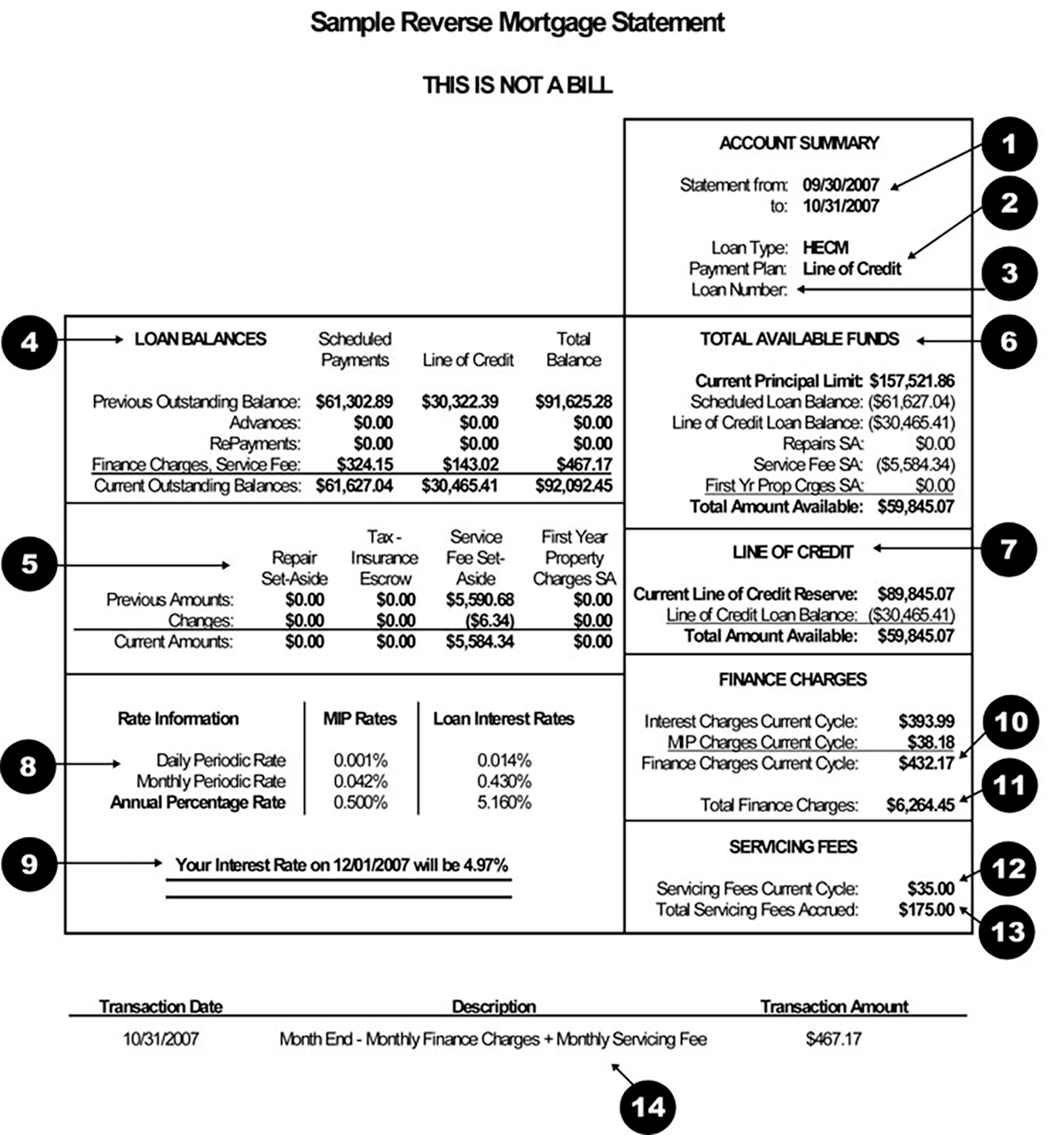Peaslee & Nirenberg at 491-492. Lemke, Lins and Picard, Mortgage-Backed Securities, 4:20 (Thomson West, 2014 ed.). Peaslee & Nirenberg at 4. Peaslee & Nirenberg at 444-445. Peaslee & Nirenberg at 436. Peaslee & Nirenberg at 445. Lemke, Lins and Picard, Mortgage-Backed Securities, 4:21 (Thomson West, 2014 ed.). Did Financiers Truly Get Double-Duped with Re-REMIC Scores?, HousingWire May 19th, 2010 Silverstein, Gary J.
Tax Management Inc.: Securities Law Series (2007 ): A-54. Silverstein at A-54, A-55. Silverstein at A-55. Peaslee & Nirenberg, 44. Peaslee & Nirenberg at 1309. Peaslee & Nirenberg at 497-498. Peaslee & Nirenberg at 441. Peaslee & Nirenberg at 495. Lynn, Theodore S., Micah W. Bloomfield, & David W. Lowden. Realty Investment Trusts.
29. Thomson West (2007 ): 6-22. Peaslee & Nirenberg, 501. Silverstein, A-48. Peaslee & Nirenberg, 13 Peaslee & Nirenberg at 504, 581 Peaslee & Nirenberg at 504 Peaslee & Nirenberg at 505-506. Peaslee & Nirenberg at 44,841.
For a couple of reasons, mortgage-backed securities are safe financial investments. The probability of in fact losing cash is considerably lower than it would be if you invested in the stock market, for example. Nevertheless, the investment isn't without its disadvantages. Let's gone through some of this. MBS tend to be fairly safe investments.
federal government. Fannie Mae and Freddie Mac are privatized enterprises, however due to the fact that they have actually remained in federal government conservatorship since late 2008 and have a deal to be backed in certain scenarios by the Federal Real Estate Financing Company, they have a somewhat implied government warranty. If properties are foreclosed upon, it's the obligation of the bond backer to make mortgage investors whole.
If the housing market takes a recession and people begin ignoring houses on which they owe more than the houses are worth, that's asking for problem if sufficient people default. On the other side, people will provide up a great deal of other things to ensure they have a roofing system over their head, so buying home loans is still fairly safe, even in this situation.
Indicators on After My Second Mortgages 6 Month Grace Period Then What You Need To Know
The downside to purchasing mortgages is that there's an inverse relationship in between the level of safety and the benefit. You'll gain a higher rate of development out of a stock if it succeeds, but there is also more possible for a loss. Due to the fact that the development rate is lower for mortgage-backed securities, something you need to fret about is outmatching inflation.
Inflation threat is certainly something to consider. There's also a prepayment risk. It's beneficial for a customer to pay off the home loan as quickly as possible in order to save money on interest. However, those invested in MBS do not like prepayment since it means you're getting less interest, which has a direct effect on the amount of return you can anticipate to receive - http://knoxzurc634.yousher.com/our-how-do-you-reserach-mortgages-records-pdfs what is the interest rate today on mortgages.
The threat that the worth of a set income security will fall as a result of a change in rates of interest. Mortgage-backed securities tend to be more sensitive to changes in interest rates than other bonds due to the fact that modifications in rates of interest affect both the mortgage-backed bond and the home mortgages within it.
The danger that a security's credit ranking will alter, resulting in a decrease in worth for the security. The measurement of credit risk normally takes into account the threat of default, credit downgrade, or modification in credit spread. The danger that a security will not have significant demand, such that it can not be sold without considerable deal costs or a decrease in value.
The risk that inflation will erode the real return on financial investment. This occurs when prices rise at a higher rate than investment returns and, as a result, money buys less in the future. The danger that a change in the total market environment or a particular incident, such as a political incident, will have an unfavorable effect on the price/value of your financial investment.


Pools of mortgages are the security behind mortgage-backed securities-- MBS. Mortgage-backed securities are a major component of the bond market and many bond funds will have a portion of holdings in MBS. There are likewise funds, of all fund types, that only purchase home loan pool securities. The primary kind of home mortgage securities are stemmed from pools of mortgages ensured by among the implied or explicit federal government home mortgage companies.
What Is The Maximum Number Of Mortgages - Questions
The majority of agency MBS are established as pass-through securities, which implies that as house owners with mortgages in the pool backing an MBS make principal and interest payments, both principal and interest are paid to MBS investors. There are both shared funds and exchange-traded funds-- ETFs-- that primarily invest in mortgage-backed securities.
The financing and financial investment associated websites frequently publish leading funds by classification and these lists would be a great place to start research into home loan focused bond funds. Taxable mutual fund of all types may own MBS. Given that firm MBS have implicit or implied U.S. federal government support, bond funds billed as government mutual fund typically own a significant quantity of mortgage securities.
A fund will note its top holdings on its web pages and if those holdings include GNMA, FNMA and FMAC bonds, the fund purchases home loan swimming pool securities. An alternate method to purchase home mortgage swimming pools is with home mortgage property financial investment trusts-- REITs. Home mortgage REITs own leveraged pools of mortgage securities.
REIT shares trade on the stock market and can be purchased and offered like any stock or ETF. Some mortgage REITs specifically own agency MBS and others hold a combination of agency and MBS from non-agency mortgage swimming pools.
This spreadsheet was originally compiled to help decide to either sell mortgages that were stemmed, or keep them. It can also be used to aid with the choice to acquire a pool of entire loans, or a securitized mortgage pools. Two different ideas of return are described in this post.
on a swimming pool of home mortgages is determined with the following formula: is the rate of interest that makes the present value of the overall cash streams equal to the initial investment. Excel makes it easy for us to calculate IRR with the integrated in function IRR(). IRR utilizes an iteration procedure that tries various rates of return until it finds a rate that satisfies this formula (as a faster way I use the Excel NPV function): Among the significant distinctions between the 2 is that HPR lets the user forecast what rate cash circulations will be reinvested at in the future, while IRR assumes that all cash flows will be reinvested at the IRR rate.
Examine This Report about What Is The Interest Rate Today On Mortgages
More on that latter. The input cells are in yellow (as are all my spreadsheets). After getting in the beginning principal balance, we enter the gross rates of interest. Next is servicing. Maintenance is from the viewpoint of the owners or purchasers of the swimming pool. If this were a purchase of a pool of entire loans or securitized mortgages, we would enter the maintenance rate (how many mortgages to apply for).
In this example, we are presuming that we originated the loans and are now choosing if we desire to hold them, or offer them to FNMA. If we keep them (as in our example) the servicing rate is not deducted from the gross, since we will be receiving the gross rate.